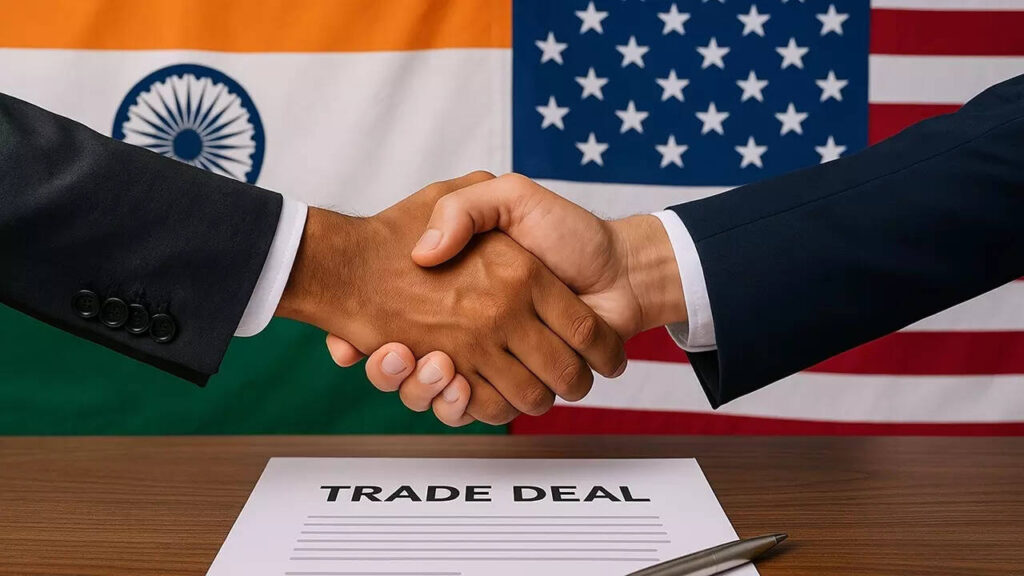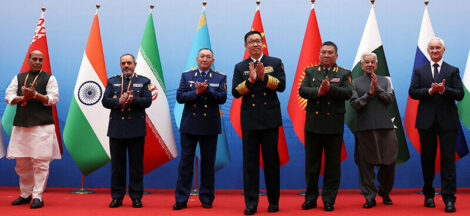By Anjan Roy
TORONTO: As has been agreed earlier, a trade team of India is currently visiting the United States to work out details of the agreement on commerce between the two countries before the deadline of July 9 when the so-called reciprocal tariffs come into force. . Trump advisers however have indicated that the deadline may be extended by a few more days.
While negotiations have progressed in wide areas, a few major differences have cropped up in sensitive areas, including trade in farm products.
In any trade talks, it is the farm sector which poses the biggest hurdle even though farming does not contribute an overwhelming proportion of national income. This is due to the fact that issues relating to the farm sector are most sensitive and politically extremely critical.
In the talks between USA and India currently undergoing, it is the insistence of the USA for access to Indian markets for farm goods that is proving to be a stumbling point. USA is a huge producer of items like corn, soya, wheat and several other items. India is also a major producer and the domestic demand in India is massive.
There are two outstanding issues. First, United States subsidies its farm sector to an extent that is impossible to match in India. For example, US cotton growers, a small portion of US agriculture, were receiving as much as $100 billion in subsidy. This had created a stalemate in WTO negotiations between the US and the African countries.
Billions of dollars are handed over to the farmers in the name of environmental protections and other practices which virtually result in price subsidisation. They could sell much cheaper than their cost of production to capture markets.
Secondly, the USA has a large variety of genetically modified crops — the ubiquitously described GM crops. Introduction of such crops and their leakage into general farming could play havoc with the indigenous crops. These could altogether wipe out the indigenous crops and their strains much to the loss of genetic varieties of a country.
Hence, proper caution has to be taken before introduction and consumption of such crops in a new environment. Therefore, a critical view would have to be taken to introduce protection measures.
These tend to prolong free trade negotiations between countries. For example, in case of free trade negotiations with Japan, the Japanese had refused any concession on farm products which had nearly wrecked the negotiations altogether. The Japanese maintained that they eat only the Japanese variety of sticky rice which is not produced in India. Many other farm products had also posed problems for the negotiators.
Many other points crop up before the trade negotiators as well. One of these is the point about domestic content. That is, in many cases, countries work as mere point for routing products of other countries. Chinese products enter India through the Nepal corridor as India and Nepal trade without any tariffs. However, in ordinary course these Chinese products would have attracted much higher tariffs to enter the Indian market.
Hence, the trade negotiators have to work out norms for “domestic content” in traded goods. These requirements vary from a high of 80% domestic content requirements to a low of 30%, depending on the choices of countries involved.
One of the major complaints of U.S. against Mexico, its southern neighbour, has been that Mexico had often been used as a transhipment point for pushing Chinese goods into USA without virtually any Mexican “domestic content” in these products.
But the current round of trade negotiations to avert kicking in the reciprocal tariffs has been like negotiating with a gun pointed at your head. Many of these detailed and finer points about a trade deal are being ignored and that could create a serious breach later on.
However, for India, merchandise trade between India and USA is not large in volume compared with the overall economies of the two countries. Even though critical in certain sectors, the merchandise trade does not have much larger macro-economic implications for India as well as for USA.
Where Indo-US trade has huge significance for the former is the extent to which we can retain the overall framework for services trade. India’s IT and IT enabled sectors have life threatening exposure to USA. Most of our IT and related service exports are to USA and any restrictions on that sphere could be debilitating for India.
It appears that the current round of trade talks concentrate principally on the merchandise trade segment and the other areas like services trade are not being much disturbed. For this reason India should now be much more careful in dealing with services trade.
Even some concessions to maintain the current levels would be very important and the talks should be oriented towards maintaining the current levels and even furthering the present levels of trading. (IPA Service)




 Introduction Of New Norms For Voters In Bihar Signals NRC On The Cards
Introduction Of New Norms For Voters In Bihar Signals NRC On The Cards 